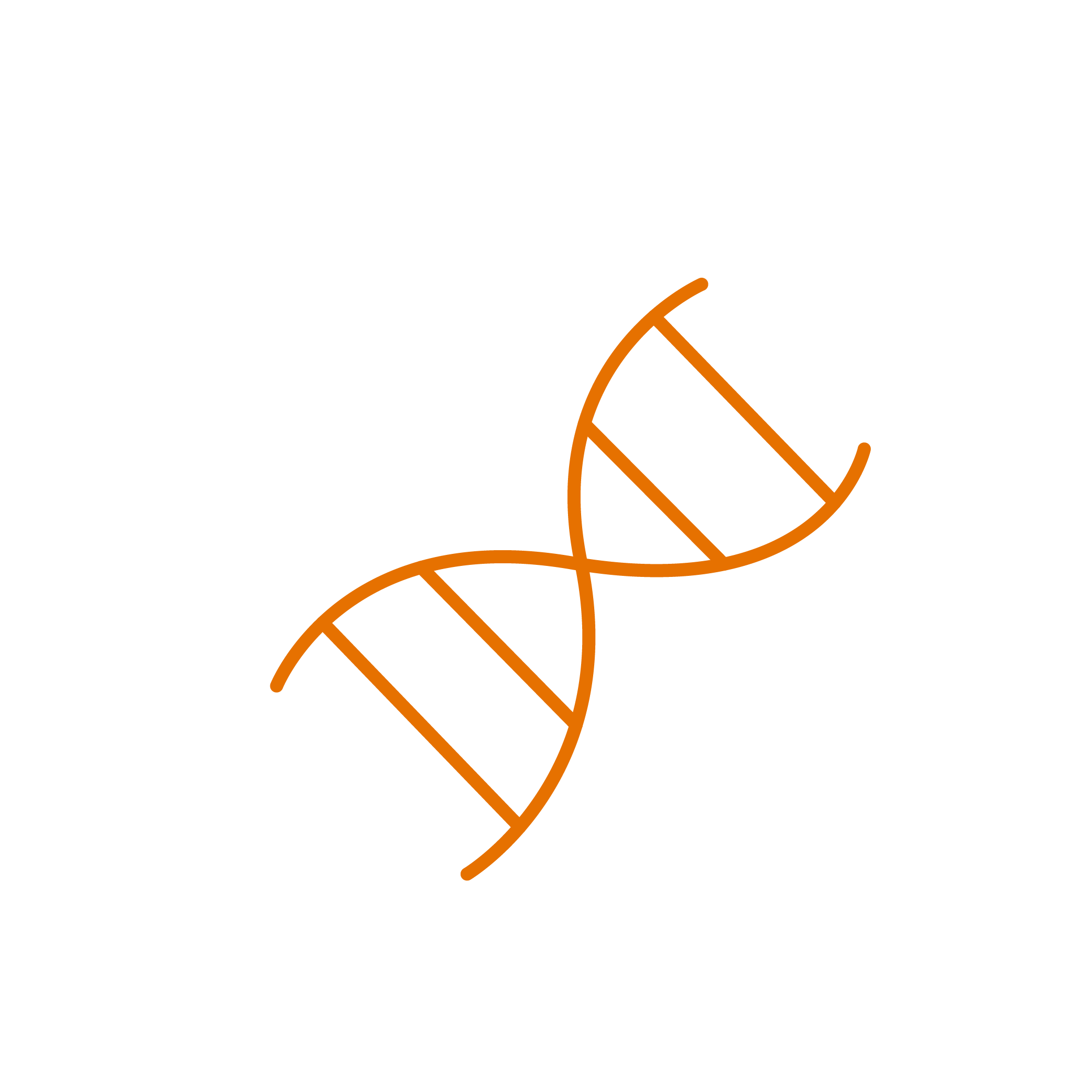High throughput targeted genomic newborn screening
Atlas automates the entire targeted gene sequencing workflow from laboratory to reporting.

Atlas automates the entire targeted gene sequencing workflow from laboratory to reporting.
Atlas can be incorporated into population newborn screening programs today.





Atlas uses targeted genomics to sidestep the challenges of whole genome/exome sequencing.





| Atlas Targeted Newborn Screening | Whole Genome/Exome Newborn Screening | |
|---|---|---|
| Genes sequenced | Customisable, targeted to treatable condtions only | > 20,000 untargeted |
| Cost | Cost effective | Higher than targeted sequencing |
| Analytical performance | Sensitivty & specificity >99% | Sensitivty & specificity not published |
| Turnaround time | 7-10 days | > 4 weeks |
| Uncertainties and incidental/secondary findings | Low, due to panel design | High, requiring change to exisitng consent processes |
| Implementation into exisitng programs | Ready | In research phase |

Karyn Henner / Read Full Article